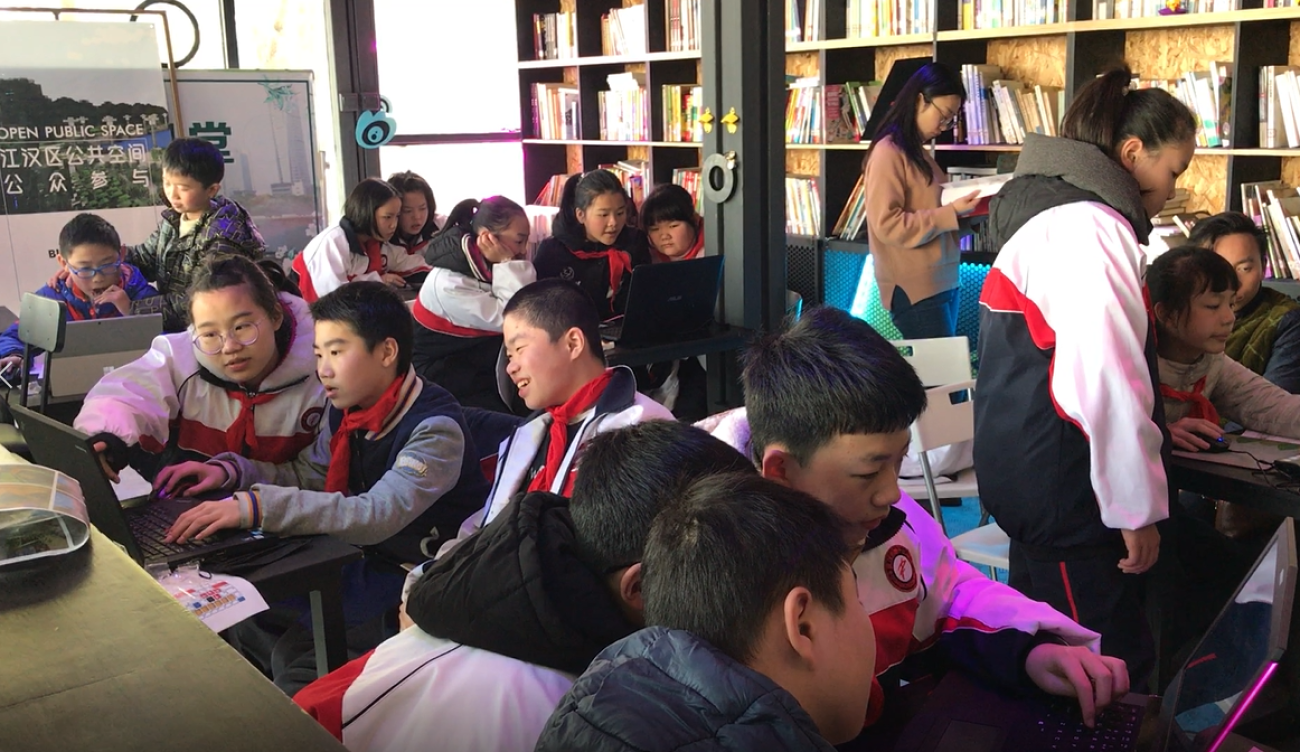UN-Habitat’s collaboration with Wuhan continues.
The 5-year partnership of UN-Habitat and the Wuhan Land Use and Urban Spatial Planning Research Center (WLSP) has become the benchmark for UN-Habitat China for quality collaboration in China. The thematic anchor has been on urban public spaces for all and how to improve them with evidence-based planning and participatory approaches.
Unquestionable highlights in the past 5 years have been the district-wide public space assessments, the block-by-block participatory urban design labs with children and communities and the 2018 Placemaking Conference with 400 participants including 100 who came from 40 countries. A comprehensive guideline on child-friendly city planning and developed was developed.
The collaboration systematically explored new challenges, from the lens of quality urban public space for all. The expanded themes and issues included heritage and urban renewal, inner-city communities and their livelihoods, people-centered parks and riversides, revitalized peri-urban communities and urban-rural linkages. The Pandemic ushered in a focus on communities and response and healthy cities. Going to 2022, the climate change and carbon neutrality will be the new focus.
The collaboration between UN-Habitat and WLSP is a genuine knowledge partnership. Actually, each year, WLSP polls its staff to decide on those priority challenges that would benefit most from the collaboration with UN-Habitat and UN-Habitat’s networks. Year after year, the joint work plans have reflected pressing issues, locally relevant and well recognized nationally and in the UNSDCF. Leaving No One Behind is the overriding issue in China’s UNSDCF – and in UN-Habitat’s collaboration with Wuhan.
Mr. Zheng Zhenhua, Director of WLSP, said, “The partnership with UN-Habitat is very important for WLSP: our planning work must accelerate sustainable development in Wuhan, making districts and places better to live and work in. The SDGs and China’s Government set the goals. With UN-Habitat, we collaborate to review the challenges and seek better planning results for all people.”



